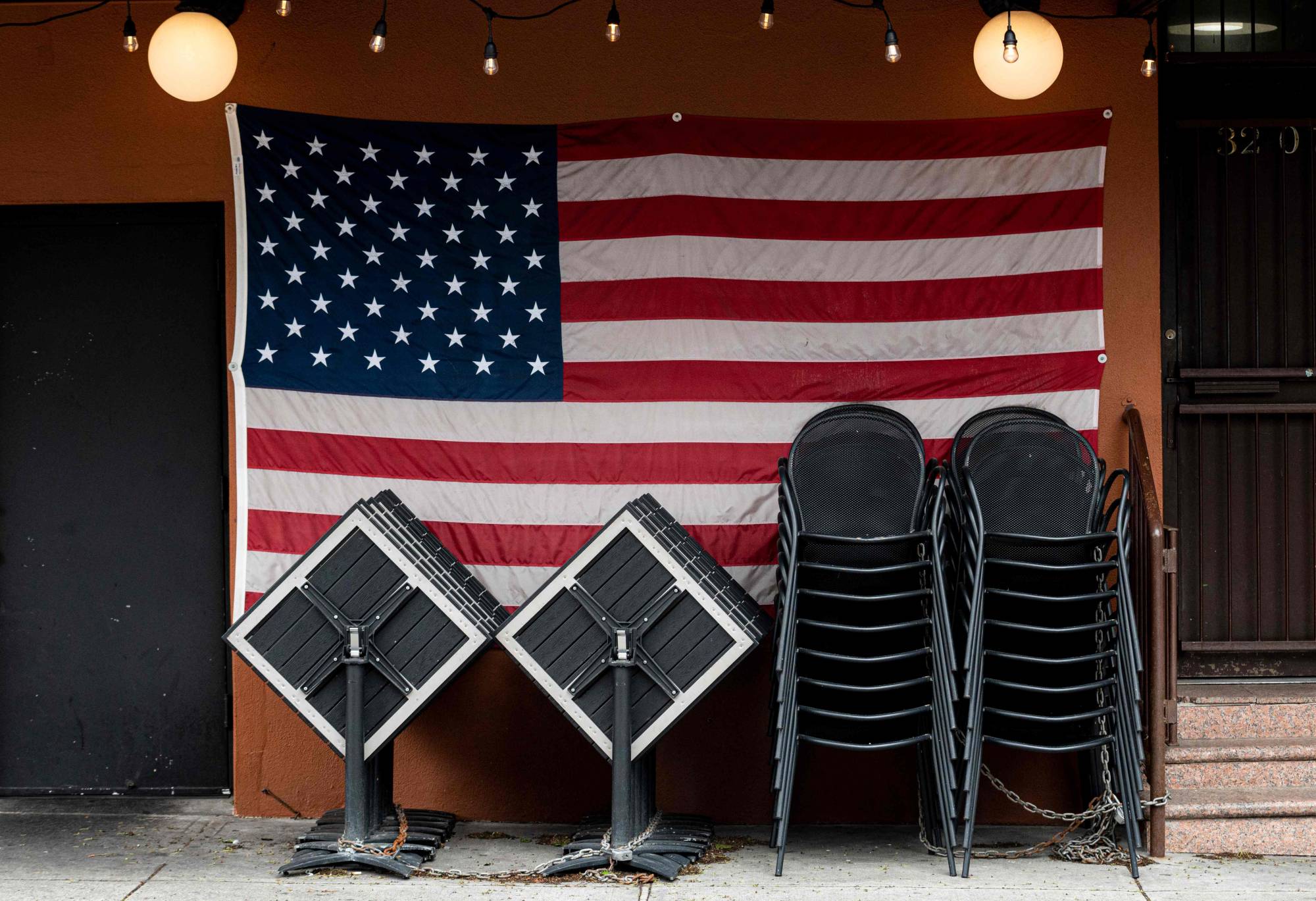The National Bureau of Economic Research on Monday confirmed what everyone already knew: The United States is in a recession. But there is some good news too: the employment situation improved a bit in May, with the unemployment rate falling to 13.3 percent, from 14.7 percent in April.
There’s a bit of controversy about the true unemployment level — counting workers who are still getting paid but not actually showing up for work, the unemployment rate was actually 19.7 percent in April and 16.3 percent in May. Many of those workers are probably on temporary paid leave during the pandemic; this is just what the Paycheck Protection Program was designed to encourage. But this ambiguity doesn’t matter very much because counting these temporarily idled workers as unemployed substantially increases the size of the May improvement.
This rapid switch from economic deterioration to recovery — even as COVID-19 cases continue to pile up — has raised spirits across the country. In the last recession, employment continued to deteriorate for more than a year after the 2008 collapse of Lehman Brothers; now, things seem to be on the upswing only a few months after the virus hit. There’s at least the glimmer of hope that the coronavirus recession will turn out to be like the Spanish Flu of a century before — a ferocious onslaught followed by a quick rebound. Top macroeconomists such as Ben Bernanke and Paul Krugman have suggested that a rapid V-shaped recovery is a possibility.

















With your current subscription plan you can comment on stories. However, before writing your first comment, please create a display name in the Profile section of your subscriber account page.